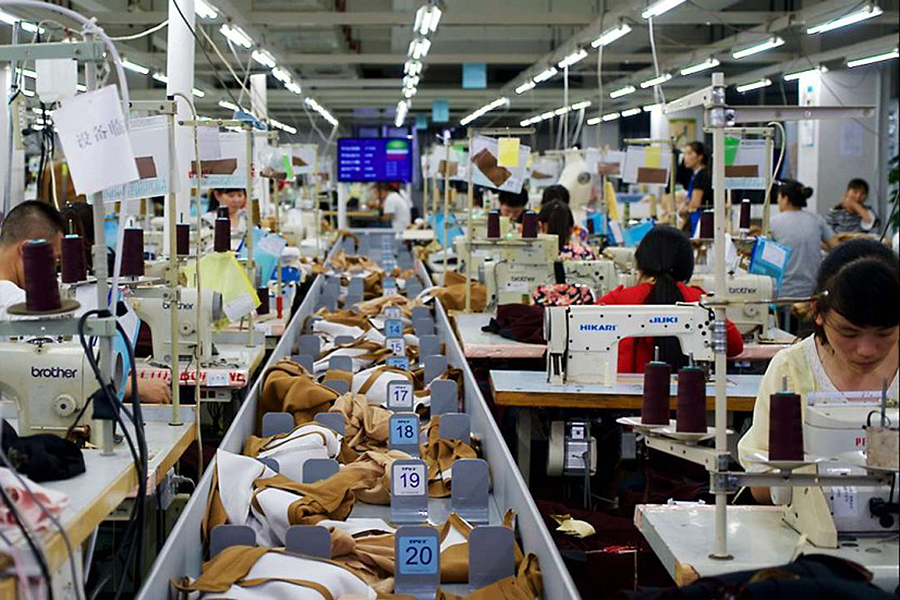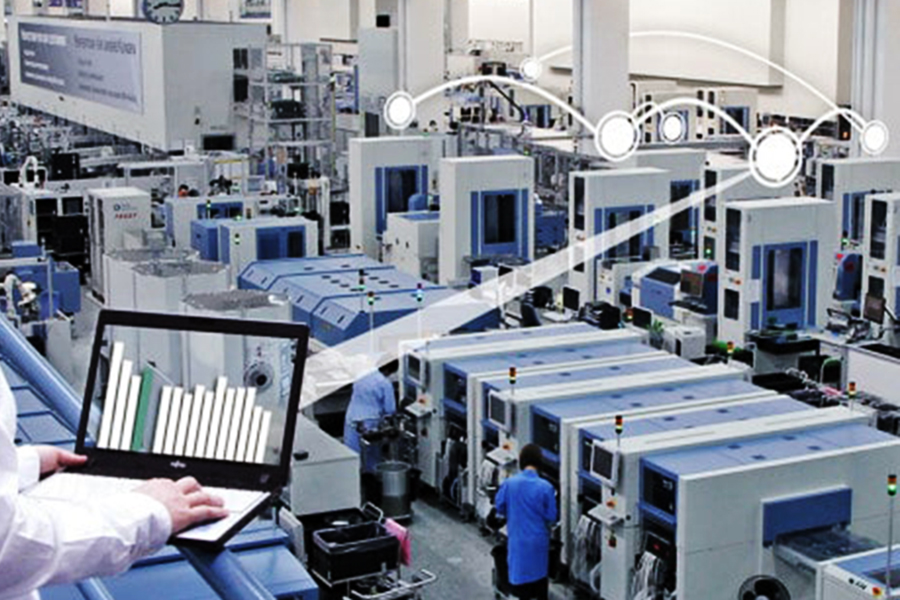The key problem of improving the competitiveness and sustainable development of the textile and garment industry is to increase the productivity of the workers and the machinery system. To achieve that, factories need to step by step apply smart manufacturing solutions to catch up with the trend and change strongly and dynamically in the market.
On the textile map, Vietnam ranks 4th in the world, ranking behind only China, India and Bangladesh. In 2017, the export value reached $31 billion, creating jobs for nearly 3 million workers in more than 5,000 enterprises and factories.

There are many predictions that, with the rapid and strong development of the Industry Revolution 4.0, robotic systems will automatically replace people, almost all workers will lost their jobs after a few next decades. However, that is just subjective predictions and completely inappropriate for the textile industry. Due to the particularity of the industry is to meet the fashion trend of the market, the change in design, materials, components … takes place continuously. While robot application and automation are only really valuable when performing bulk orders, fixed and repetitive patterns. Therefore, it is always necessary to have skilled and skillful workers.
The core issue is “increase productivity”. Therefore, the application of information technology in production, step by step deployment of smart manufacturing is the opportunities and the inevitable requirements of the factories.
For smart manufacturing applications, the following steps should be taken:
- Use sensors: sensors attached to the positions, the machines on the manufacturing lines, collecting the signal of operating status, faults, issues, requirements to collect full data in the manufacturing activities. Sensors can be connected to each type of machine, automatic sensors recognition, energy consumption, measurement sensor, temperature and humidly analysis… and also the buttons at positions, to the workers in can push and audit by simplest way.
- Connectivity: With the amount of information received from the sensors, a connection is required to aggregate the data. Wireless connectivity is a modern and standard solution that supports simple, flexible connectivity and is suitable for any terrain.
- Data analysis: From data collected and linked to the same data warehouse, analysis helps managers quickly, visually and accurately assess the status of operations, productivity, wastes … to optimize the manufacturing process, to increase productivity efficiency.
- Build and deploy ERP software for manufacturing : software system for manufacturing planning, progress monitoring, materials, optimization of indicators, connecting information from the sensors system to analyzing the data, provide appropriate information systems, forecasting to support decision-making.

With the foundation and the urgent need, the “smart manufacturing” application is an indispensable trend that requires textile enterprises to catch up and implement to improve efficiency and minimize wasteful, optimal resources for sustainable development.


